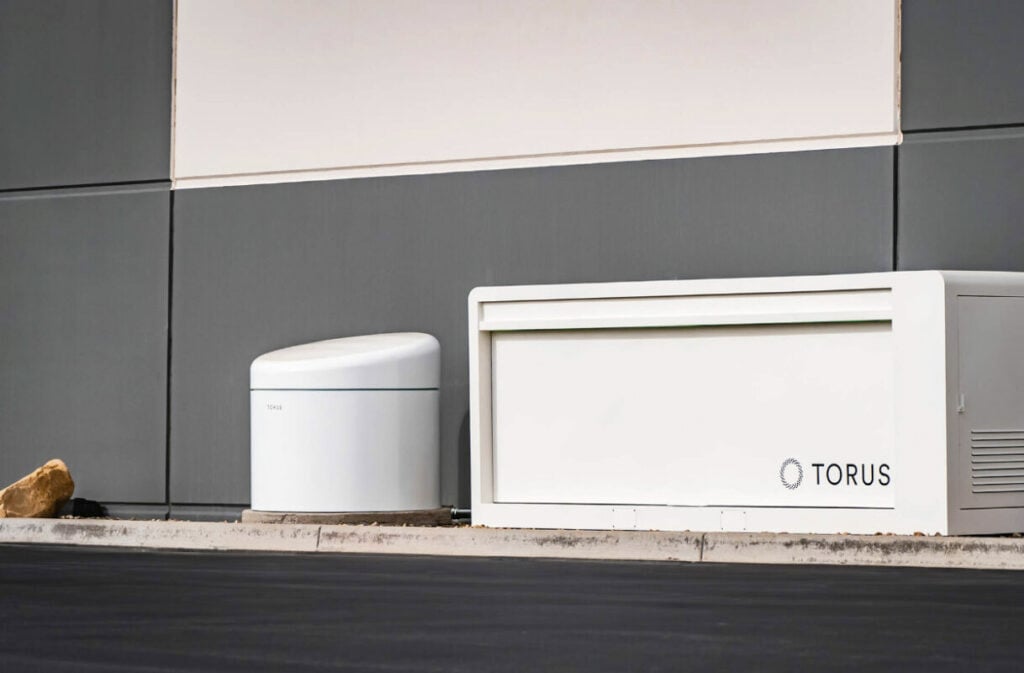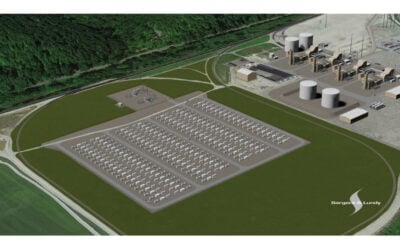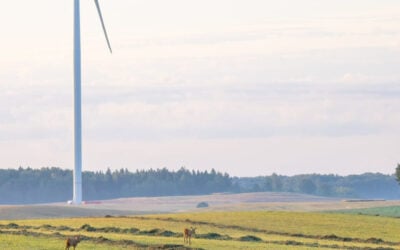
Real estate development company Gardner has signed an agreement with technology provider Torus to deploy flywheel and battery-based energy storage systems at its commercial properties in Utah, US.
The deal will see 26MWh of systems installed, including Torus’ proprietary flywheels and the tech company’s battery energy storage system (BESS) solutions, as well as its energy management software platform.
Enjoy 12 months of exclusive analysis
- Regular insight and analysis of the industry’s biggest developments
- In-depth interviews with the industry’s leading figures
- Annual digital subscription to the PV Tech Power journal
- Discounts on Solar Media’s portfolio of events, in-person and virtual
They will then be enrolled into Wattsmart, the virtual power plant (VPP) aggregation programme run by utility company Rocky Mountain Power, which leverages energy stored at customer sites to help the energy supplier manage its grid network.
Wattsmart pays back enrolled customers a per-kilowatt upfront fee based on the battery capacity made available for discharge into the grid, in addition to an annual bill credit which is divided up into 12 and paid out monthly.
The market-based incentive programme runs statewide across Utah and Idaho. Rocky Mountain Power (RMP) uses it to provide eight different grid services, integrating energy storage systems directly into its own operating system.
The US arm of German residential battery storage player Sonnen played a key role in helping the utility create the programme, with the pilot deployment of 12.5MWh of connected systems at Soleil Lofts, an apartment complex near Salt Lake City, in 2019.
Sonnen USA CEO Blake Richetta told Energy-Storage.news Premium in an interview a few months ago that Wattsmart now saw over 40MWh of household batteries “networked and swarm-dispatched every day” into the RMP grid.
Hybrid solution pairs flywheels with batteries
To this swarm, or fleet, will be added Torus’ hardware and own VPP platform, which uses predictive analytics to optimise participation in grid services that include demand response, arbitraging stored energy from off-peak to peak times, and frequency regulation.
As mentioned, the tech company’s installations will combine flywheels and batteries, which is fairly unusual, particularly at distributed scale. Only a handful of flywheel projects have been reported by the media in recent years.
There was a wave of interest in the technology, which uses high speed rotors to store rotational kinetic energy, in and around the early 2010s, but this was largely passed over by the storage industry in favour of lithium-ion’s (Li-ion’s) momentous rise.
However, in a Guest Blog on patent activity in non-electrochemical energy storage technologies published by this site in August last year, patent lawyer Ben Lincoln of Potter Clarkson highlighted that dozens of successful flywheel technology patent applications have been made by companies including Boeing to date.
Lincoln also found that flywheel patent applications have been steadily rising since 2006, as seen in the graph below.

Torus claims its Torus Station hybrid solution enables commercial and industrial (C&I) properties to effectively provide both shorter and longer-duration energy storage applications. The flywheel is designed to be 95% recyclable and has a 25-year service life.
The company secured US$67 million investment in April, as reported by Energy-Storage.news, at the same time adding former Vivint Solar and Vivint Smart Home CEO David Bywater to its board. Former Rocky Mountain Power CEO Gary Hoogeveen joined the Torus board a few weeks later.
Torus has just opened a 44,000 square foot HQ and manufacturing facility in South Salt Lake, Utah, where the Torus Station for the Gardner properties will be made. A grand opening on 16 May was attended by Utah state governor Spencer Cox.
Installation of Torus Stations across multiple Gardner Group properties will begin in the fourth quarter of this year, with completion anticipated by Q1 2026.






